IMSML Website Article 8/2023: Resolution MSC.525(106) - Amendments to the International Code on the Enhanced Programme of Inspections during Surveys of Bulk Carriers and Oil Tankers 2011 (2011 ESP Code), Part 3 of 4, Annex B, Part A
Annex B - Code on the Enhanced Programme of Inspections During Surveys of Oil Carriers.
PART A - Code on the enhanced programme of inspections during surveys of double-hull oil tankers
General - 1.2 Definitions
A new definition of ‘double-hull oil tanker’ is introduced. This is a ship which is:
[1] Constructed primarily for the carriage of oil in bulk;
[2] Has cargo tanks forming an integral part of the ship’s hull;
[3] The cargo tanks are protected by a double-hull which extends for the entire length of the cargo area;
[4] The double-hull consists of doubles sides and double bottom spaces for the carriage of water ballast or void spaces.
Renewal Survey - Paragraph 2.6, Extent of tank pressure testing
A new Paragraph 2.6.1 is introduced:
[1] Minimum ballast tank pressure testing and cargo tank testing at renewal survey, shall be in accordance with Paragrapg 2.6.4 and Annex 3.
[2] Cargo tank testing is to be carried out by the ship’s crew under the direction of the master;
[3] The testing in [2] above may be accepted by the surveyor;
[4] Condition which must be complied with for the testing:
(i) The tank testing procedure has been submitted by the owner and reviewed by the regulator prior to the test being carried out. Note that this procedure has to specify fill heights, the tanks being filled, and bulkheads being tested;
(ii) The tank testing is to be carried out prior to the overall survey or close-up survey;
(iii) Tank testing has been carried out with the special survey window. Note that this is not more than 3 months prior to the date on which the overall or close-up survey is completed;
(iv) Tank testing has been satisfactorily carried out and there is nothing that would affect the structural integrity of the tank. For example, no leakage, distortion or substantial corrosion;
(v) The satisfactory results of the testing are recorded in the vessel’s log book; and
(vi) At the overall and close-up survey, the surveyor is satisfied with the internal and external conditions of the tanks as well as associated structure.
ANNEX 10 - Condition Evaluation Report (Executive Hull Summary Report)
The contents of condition evaluation report are now subject to a new Part 9 Memoranda which documents:
[1] Acceptable defect(s);
[2] Any points of attention for future surveys. For example, suspect areas;
[3] Examination of ballast tanks at annual surveys due to coating breakdown.
For the tank corrosion prevention system, the following has to be noted in Part 9 of the Contents of condition evaluation report (executive hull summary report): Ballast tanks rated less than GOOD, and that tanks are to be examined at annual surveys.
ANNEX 12 - Guidelines for Technical Assessment in Conjunction with the Planning of Enhanced Surveys for Oil Tankers
The latest references used are now as follows:
[1] IACS, Recommendation 96: Double Hull Oil Tankers - Guidelines for Surveys, Assessment and Repair of Hull Structure - Bulk Carriers, 2019;
[2] TSCF, Guidelines for the Inspection and Maintenance of Double Hull Tanker Structures, 1995;
[3] TSCF, Guidelines Manual for Tanker Structures, 1997
Thank you for reading IMSML Website Article 8/2023
Stay tuned for the next IMSML Website Article 9/2023: Resolution MSC.526(106) - Amendments to the International Code for the Construction and Equipment of Ships carrying Dangerous Chemicals in Bulk (IBC Code), Part 4 of 4, Annex B, Part B
Signing-off for today,
Dr Irwin Ooi Ui Joo, LL.B(Hons.)(Glamorgan); LL.M (Cardiff); Ph.D (Cardiff); CMILT
Professor of Maritime and Transport Law
Head of the Centre for Advocacy and Dispute Resolution
Faculty of Law
Universiti Teknologi MARA Shah Alam
Selangor, Malaysia
Wednesday, 23 August 2023
Note that I am the corresponding author for the IMSML Website Articles. My official email address is: uijoo310@uitm.edu.my
